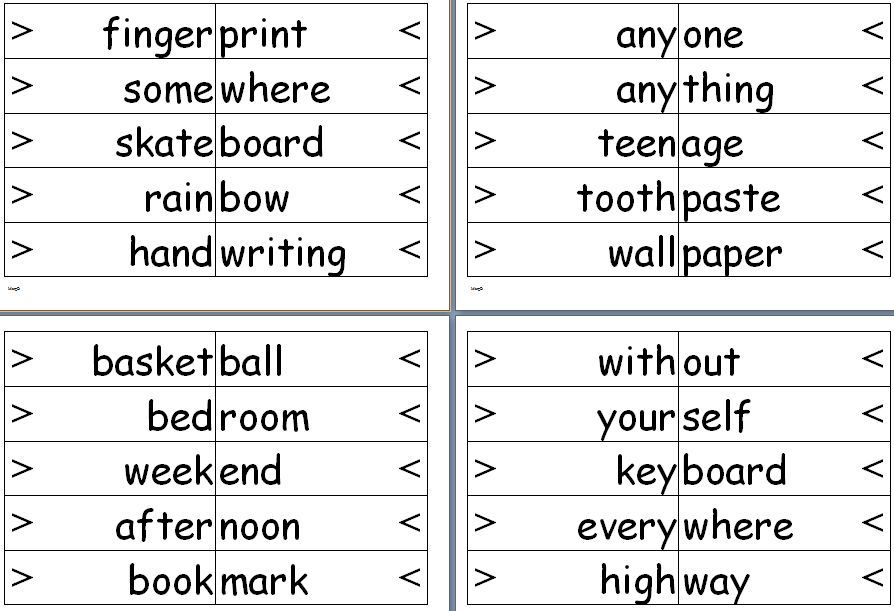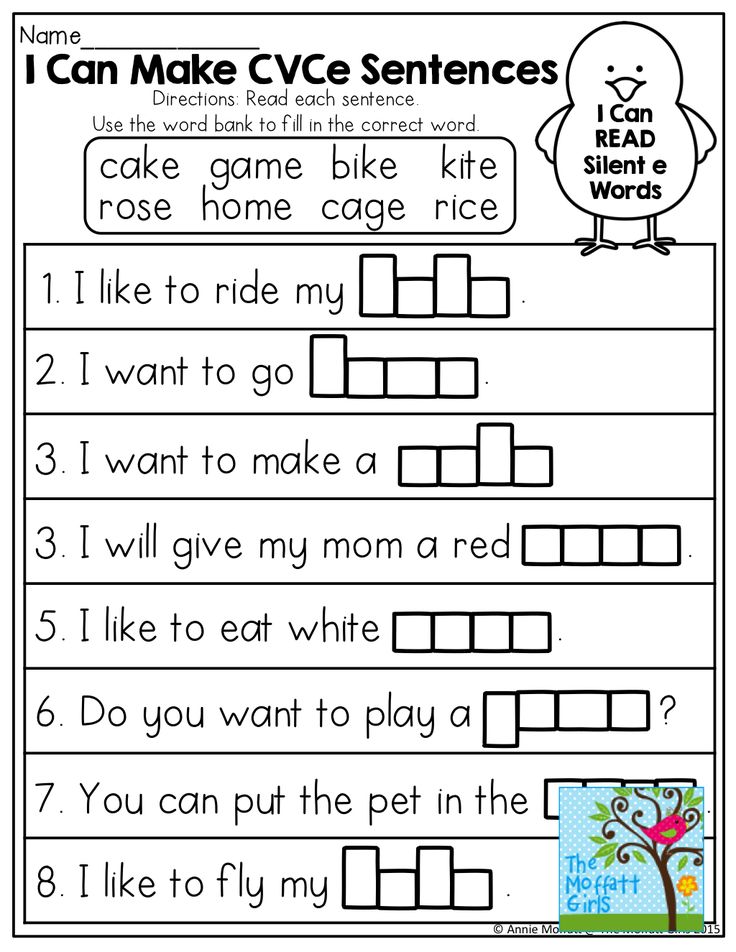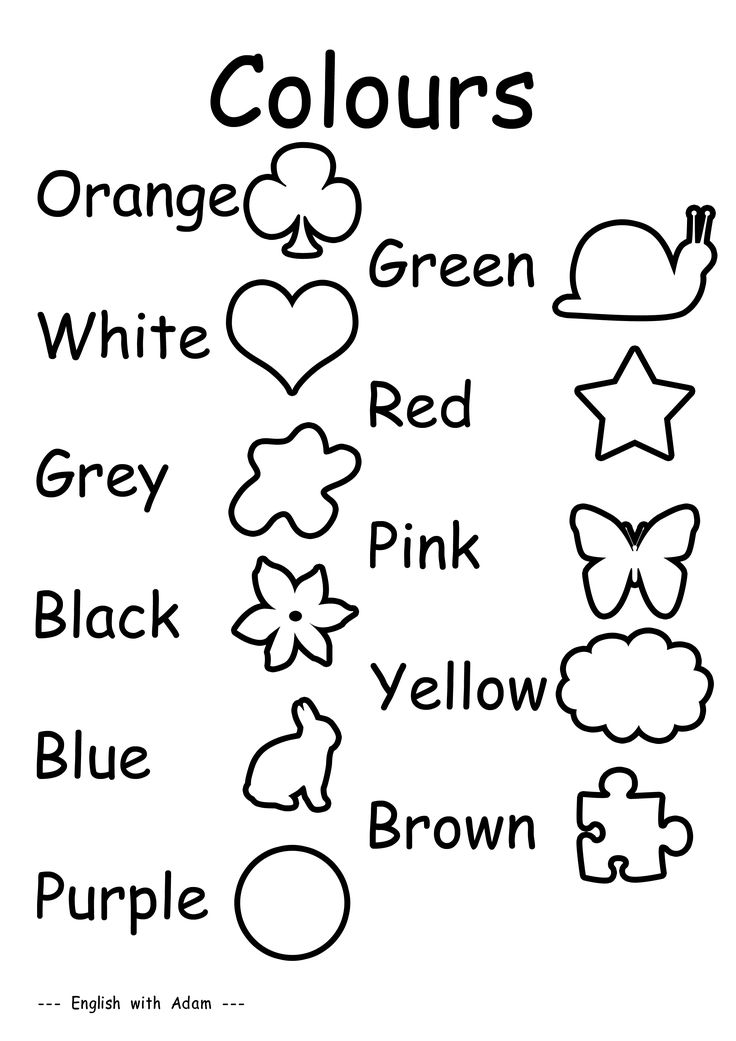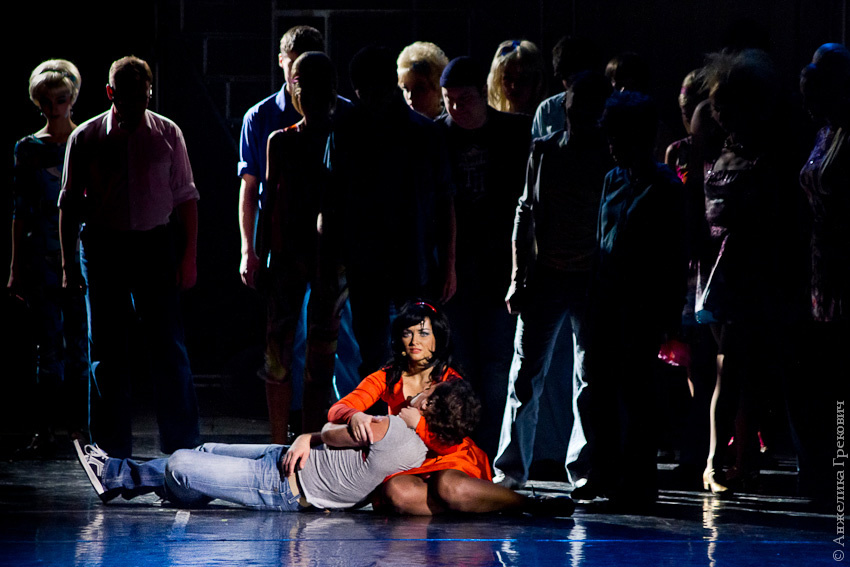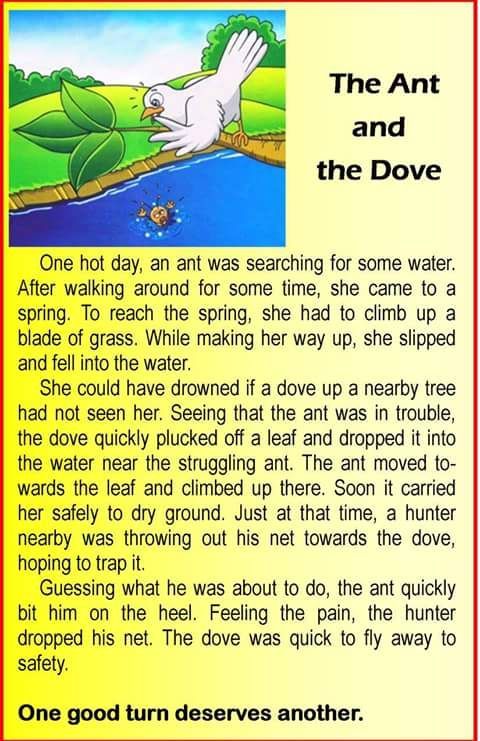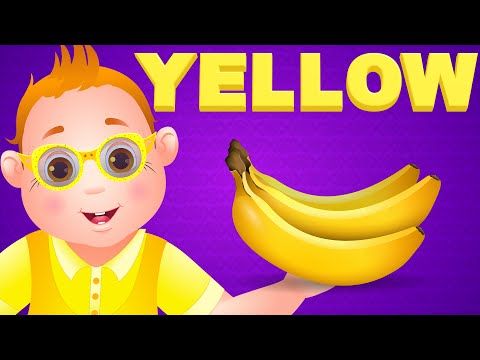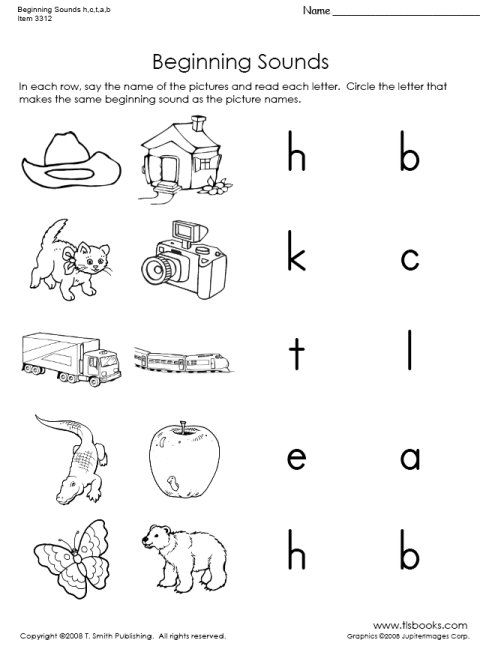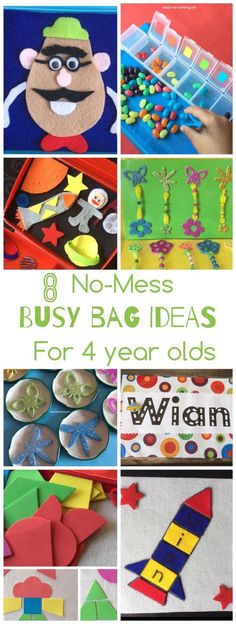Adjective games for kids
11 Classroom Games for Teaching Kids About Adjectives
Traditional language teaching often focuses on repetition and rote learning, but children want to learn through experience and engagement. Discover how you can make learning fun with these exciting and easy adjective-based language games.
1. Introduce yourself
A good game to play at the start of the school year, the teacher can go first and then ask students to do the same. Standing at the front of the classroom, students introduce themselves to the class by describing qualities about themselves – for example, “I’m curious, cheerful and tall.”
2. Adjective match
Create a deck of cards with different adjectives written on each card. You’ll also need some images (pictures from magazines, travel brochures etc) that can be described by adjectives. Now here’s how the game works:
- Each player chooses an image.
- Deal four cards to each player.
- If the player can describe the image with all four cards they win.
If not, then discard a card and choose a new card from the pile.
- Play continues until a winner is found.
3. Noun showdown
Divide the class into two or more teams, then write a noun on the board or show it as an image. Teams have a minute to write down as many adjectives as they can. Teams get a point for every adjective that is appropriate. A fast, fun game that students love!
4. Show and tell
Students bring objects from home and describe them front of the class. The teacher takes notes of all of the different adjectives the student uses to describe the object. These can be displayed around the classroom later or the teacher can quiz the class on what adjectives were used after each presentation.
5. Describing the day
Like show and tell, have students come to the front of the class and use adjectives to describe their day so far. Lead them with prompts like:
- Describe your morning so far.
- Describe what you had for lunch.
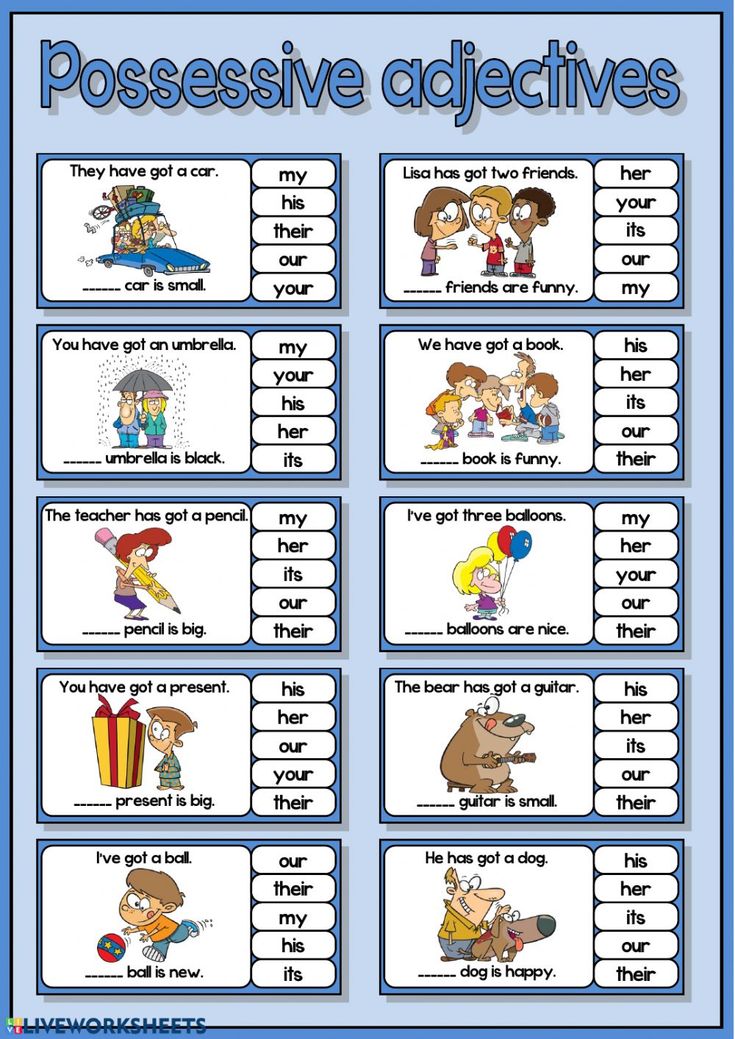
- Tell us about your maths class.
Try to guide students into giving descriptive opinions. Afterwards, quiz the class on aspects of the tale. “What adjectives did Rachel use to describe maths class?” etc.
6. Riddle game using adjectives
This is a fun game that tests student’s creativity and understanding using adjectives. Have students come up with ‘Who am I?’ riddles using adjectives to describe animals, people, vehicles and other nouns. Have them read the riddles out to the class (or in small groups) and see who can solve the riddle.
7. Circling the adjectives on favourite stories
There are a few ways to do this fun game that can be played in a group or during quiet time. Teachers can print out samples from student’s favourite stories or write them on the board. Encourage students to read through the story, circling adjectives as they go. The best thing about this exercise is its versatility, easily slipping into any lesson plan.
8.
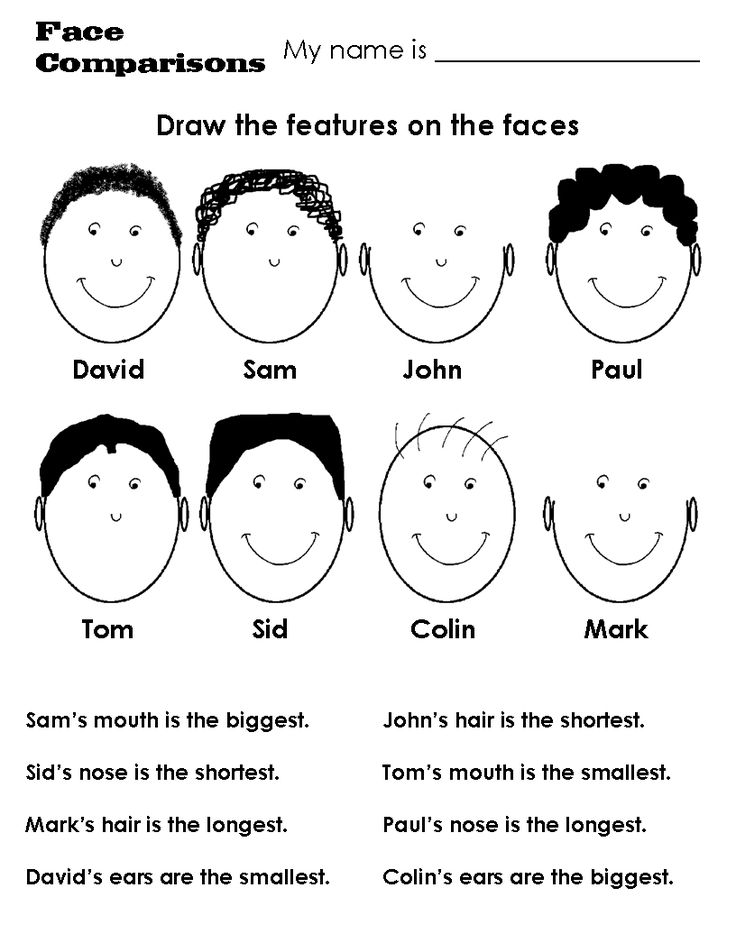 Lucky dip
Lucky dipThe teacher places different objects in a bag. Students are invited to come up and feel one of the objects, describing what it feels like. The rest of the class tries to guess what the object is based on the adjectives used.
9. Fishing for adjectives
This game requires a bit of prep, but is hours of fun and can be reused for other word groups like nouns and verbs. You’ll need a deck of flashcards, some magnets and a fishing rod. Here’s how to play:
- Write a noun, adjective or verb on each card. The words need to be clearly readable from a short distance.
- Attach paper clips to each card.
- Attach another magnetic clip to a children’s fishing rod.
- Scatter cards face up on the floor.
Encourage students to ‘fish’ the adjectives from the pile, with students taking turns controlling the rod. They’ll need to distinguish between the adjectives and non-adjectives before they can fish one out. Once they correctly fish out an adjective, you could also ask them to name an object that could be described using that word.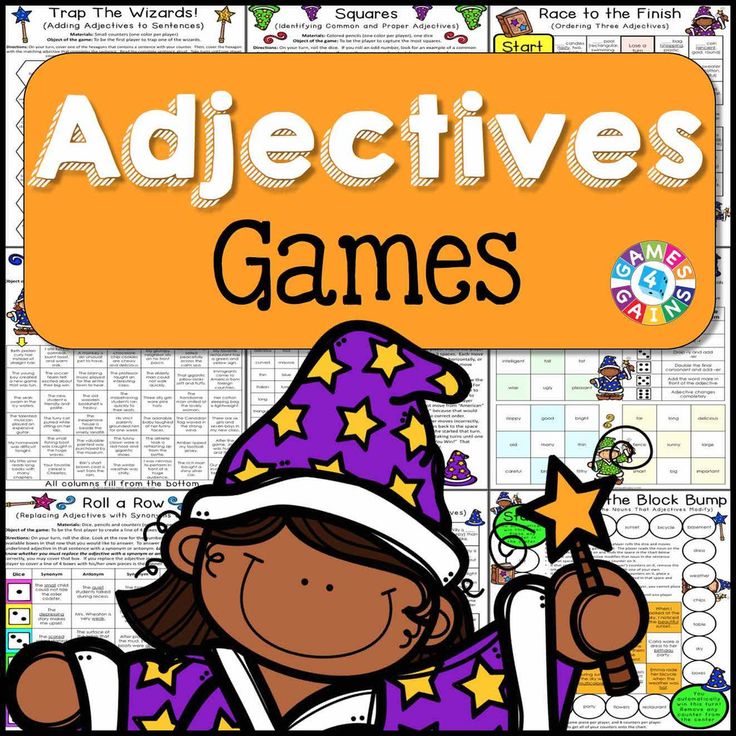
10. Describing your partner
Pair students up and ask them to describe each other. This can be a great exercise and also a great activity for teaching children positive social interactions, focusing on positive aspects of their classmates and developing empathy and sensitivity to one another.
11. Describing people
From a magazine collection, ask students to use adjectives in describing the various people on the pages. Try to vary the magazines and subjects. You can also move away from people to things (cars, boats etc).
Keeping students engaged
Educational games are effective because often students don’t even realise they’re learning while playing. Many are also versatile and can be tweaked or repurposed to use for other subject areas. Through games like these you can create a fun learning environment for your students that’ll help them pick up the difference between adjectives and other kinds of words in no time.
7 Awesome Adjective Games
Children and adults alike will be happier to learn when they are having fun: that is why adjective games for kids are a really effective way to teach adjectives in the classroom.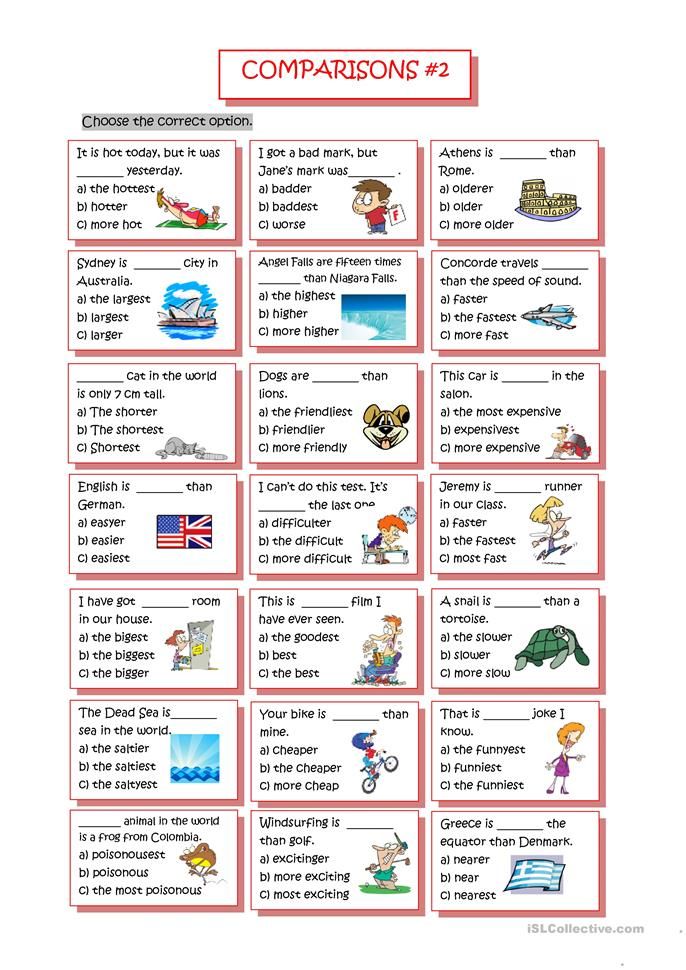 Students will develop a stronger vocabulary when learning is a fun process and they can frequently use their newly learned adjectives.
Students will develop a stronger vocabulary when learning is a fun process and they can frequently use their newly learned adjectives.
Kids playing word games
Advertisement
1. Fifty Awesome Adjectives
This is a great game for kids to expand their vocabulary and improve their creative writing skills.
- Ask students to bring in a picture of one of their favorite places, perhaps a memorable vacation spot, their home, or a relative's house.
- Give them a piece of paper and ask them to write sentences describing the place using as many adjectives as possible.
- Encourage them to be creative in their descriptions. Instead of a bland statement like, "There are four trees in the garden," you want something like, "There are four tall, twisty trees with thick, bushy, green leaves in the shady garden." The goal is to include 50 different adjectives in their description of the place.
- Once that's done, ask them to trade descriptions with one another.
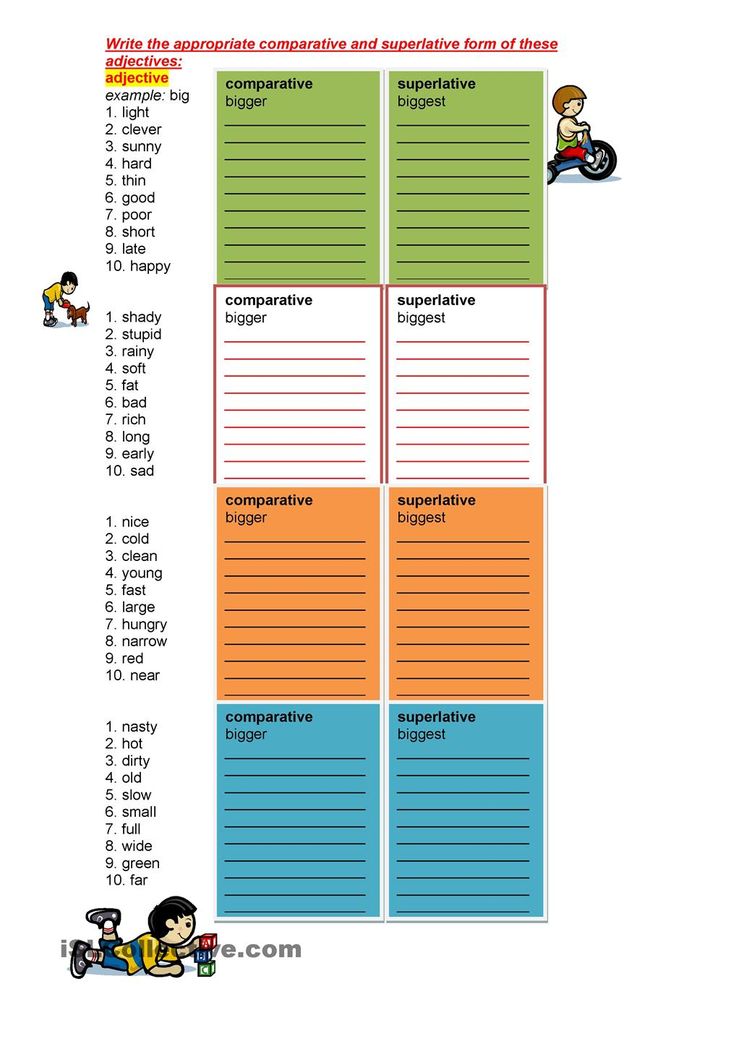
- Ask each student to mark each adjective they find with a highlighter. If the other student finds at least 50 awesome adjectives, they can put a sticker on the description.
- Put the descriptions, along with the pictures, on a bulletin board in the room. Students can be proud of their achievements and see the photos of their favorite places often.
If someone is truly stuck and cannot find enough adjectives, you can allow them to look up new words using a thesaurus so their vocabulary expands. That way, everyone wins, and students grow!
2. Alphabetical Adjectives
Start at the beginning of the alphabet, and have your class brainstorm as many adjectives as they can that begin with each letter.
To make the most of this learning game:
- Keep a record of how many they come up with for each letter. When you play again, you can determine if your students are coming up with more adjectives than they could last time.
- Play this game with a different letter every day.
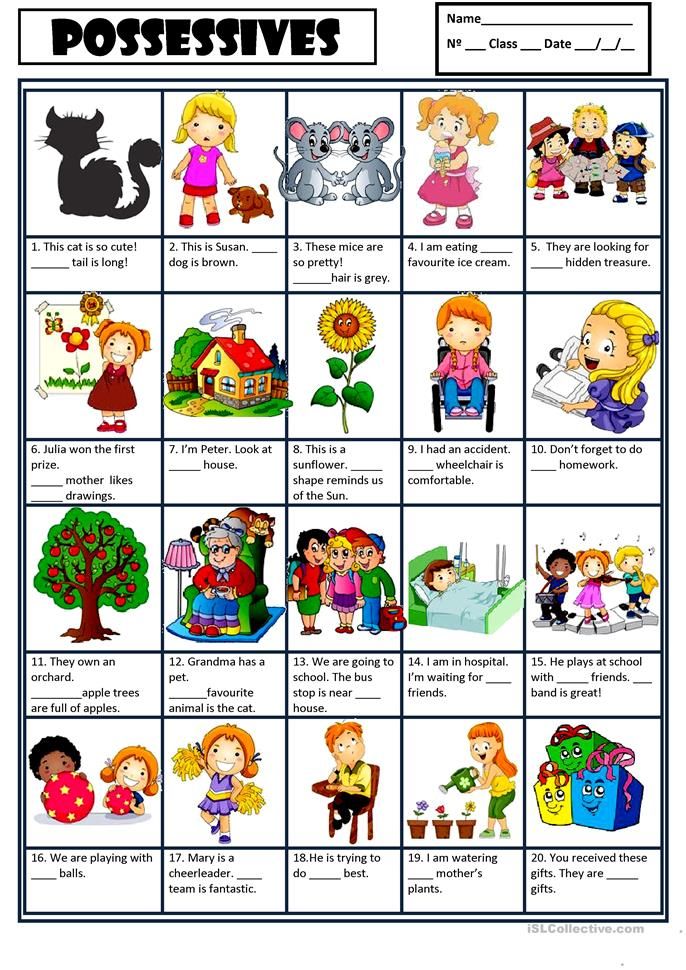
- For inspiration, you might choose stories or classroom objects that the students can describe.
Once your students have run out of adjectives, offer a few more of your own which they have not listed: you can have a list ready so that you are prepared to help them out.
3. Adjective Battleship
Bring in groups of small objects that are similar in some ways but different in others. For example, bring in toy cars that are all the same color but different shapes. Or, you might bring in three green apples that are all different sizes.
Break students into pairs, and give each pair a set of three objects. One student secretly picks an object, and the other student guesses which one the first student chose. The second student must ask questions that use adjectives. For example:
- Is it big?
- Is it round?
- Is the doll's face happy?
- Does the doll look confused?
This will give students the opportunity to become more accurate in describing things.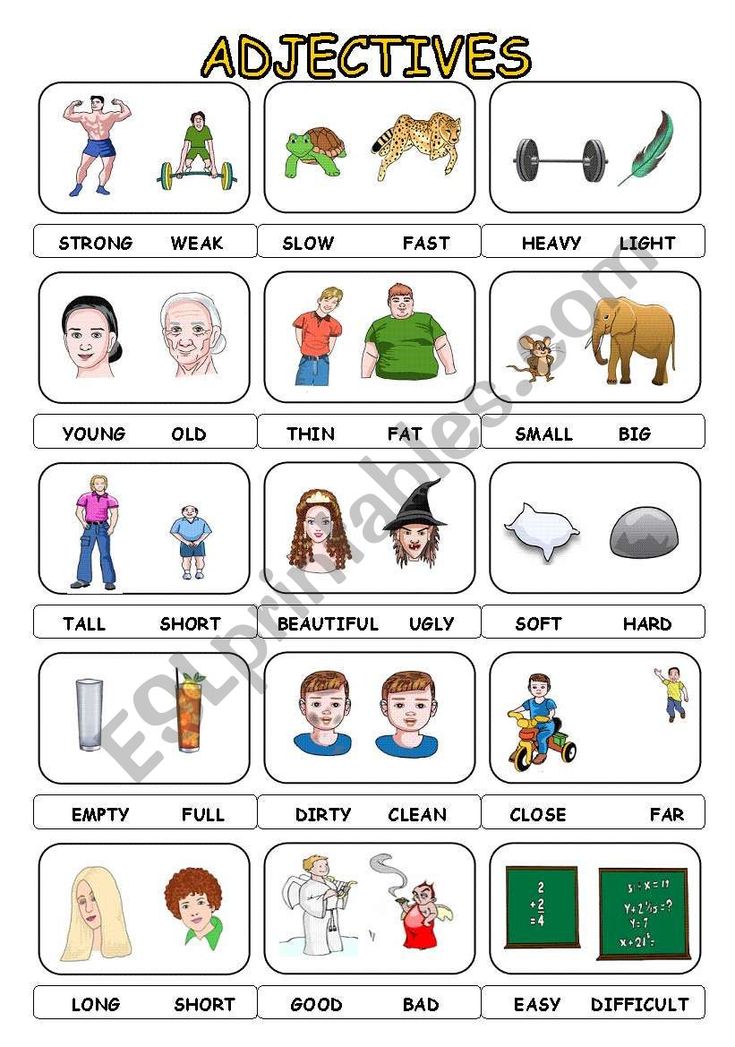
Advertisement
4. Describe My Outfit
Ask each student to bring in a photo of themselves from home. Alternatively, they can draw a picture of what they are wearing that day. Then, students can write a paragraph describing what they are wearing using as many descriptive adjectives as possible.
Advantages of this approach include:
- This game will get them out of the rut of describing their clothes as "pretty" and "nice" - the two adjectives teachers hear far too often!
- Encourage students to avoid using the word “very” in their descriptions. Instead of saying their dress is “very bright,” they may describe it as “vivid” or “vibrant.”
- If you make sure that your students describe themselves in a positive way, you will also encourage them to develop their sense of self-esteem.
5. Musical Adjective Games
Get each student to suggest a favorite song; tell them to write down the singer and song title so you can find it easily and play it in class.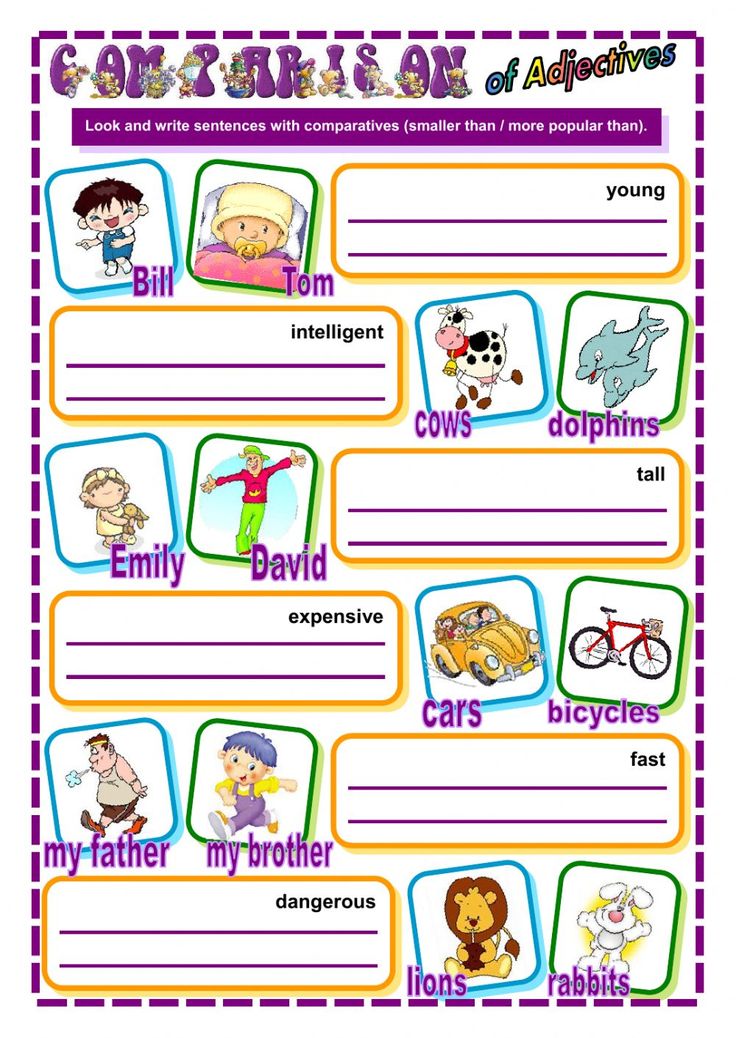 Before playing the game, check if the song is appropriate for the classroom, listening for inappropriate themes or language.
Before playing the game, check if the song is appropriate for the classroom, listening for inappropriate themes or language.
Ask the students to describe the music aloud with lots of adjectives - loud, quiet, happy, sad, fast, slow. Even more creative adjectives, such as scary, smooth, and silly, can be used too. Encourage your students to listen creatively!
Variations on this musical word game include:
- Search for a song you know on YouTube that has a lot of adjectives in the lyrics. Then, ask students to write down as many adjectives as they can hear, or get them to raise their hand each time they hear an adjective.
- Another option is to have them stand up and sit down each time they hear an adjective, like when singing "My Bonnie Lies Over the Ocean."
Advertisement
6. What's That Smell?
Each student can get a chance at playing the game as other students watch and play along. In several plastic containers, put a small amount of fragrant objects that might be familiar smells to your students.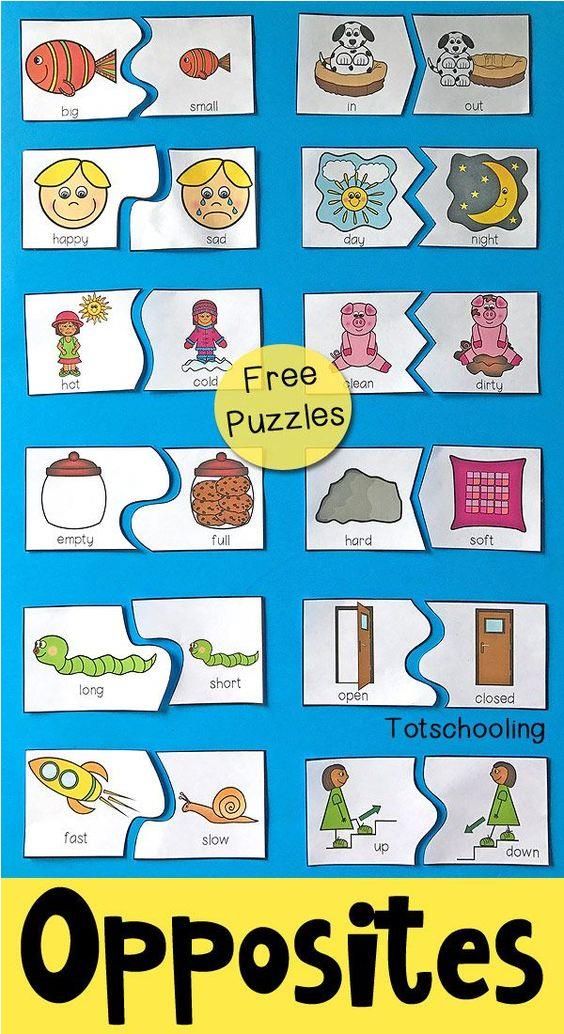
Some object ideas you might consider include:
- Apple slice
- Cheddar cheese
- Mint leaves
- Chocolate
- Rose petals
Blindfold the student and tell them to smell the contents of the jar. Then, ask them to focus on their sense of smell and describe the object with as many adjectives as possible.
7. Word Search
Word searches are a great example of adjective games for adults; it’s not only children who can pass the time with this activity.
An adjective word search empowers students to learn new adjectives and reinforce old ones. An online word search is a fun activity for students to work on in their own time, but a word search can also be done in class; groups of students can help each other to complete it.
Print out our Adjective Word Search below for some classroom fun today!
View & Download PDF
Advertisement
Tips on Selecting Adjective Games
When choosing adjective games to play in the classroom, make sure they are centered around correct grammar usage, building vocabulary, and boosting creative skills.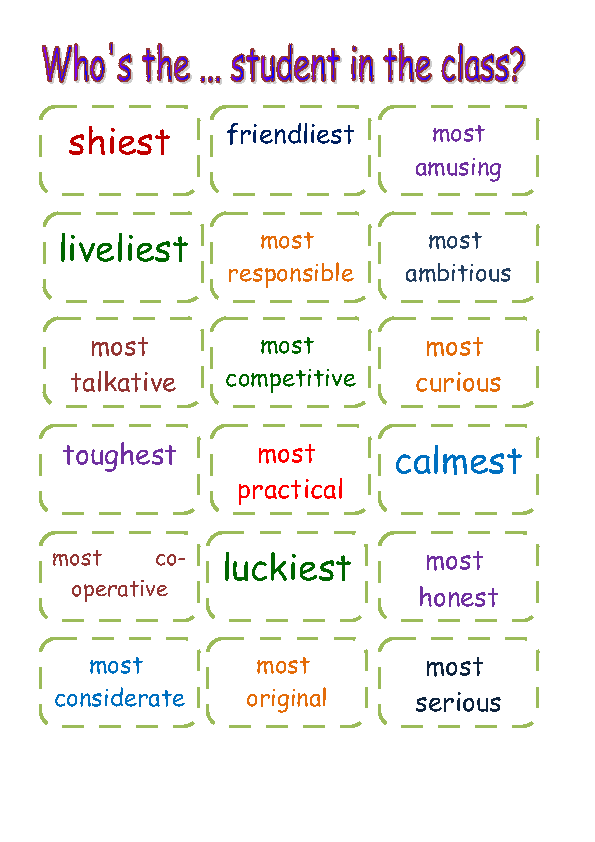 Students do not need to know the technical aspects that they are learning through games: in fact, the best games are the most fun and stimulating ones.
Students do not need to know the technical aspects that they are learning through games: in fact, the best games are the most fun and stimulating ones.
Adjective Experts
If nouns are one of the most important parts of speech in the English language, then adjectives are pretty spectacular, too. After you play these games and review these modifiers with your students, use this adjective quiz to test their knowledge. And, as a curveball on a Friday afternoon, you can also review these Latin Adjectives in Current Use to broaden your students’ vocabulary even further.
Staff Writer
"What, what, what" - a verbal educational game for preschoolers
Didactic game "What, what, what" - a method of speech and cognitive development of the child. Preschoolers learn to express thoughts using adjectives, to correctly coordinate them with nouns. The game expands horizons, improves memory, intelligence, the ability to think logically, it is recommended when preparing kindergarteners for school.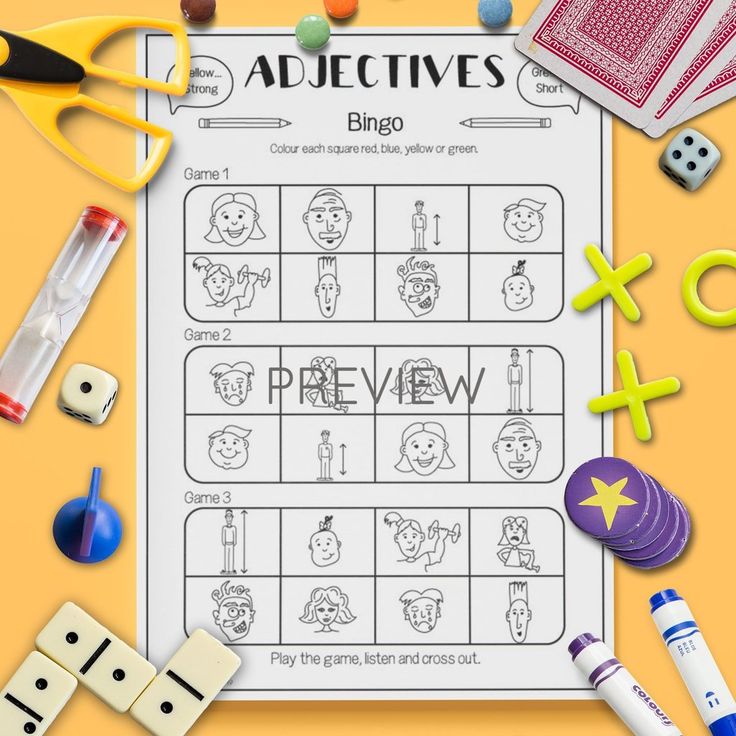
Goals and objectives
The purpose of the didactic game "Which, which, which" is the formation of the skill of selecting adjectives according to their meaning, coordinating them with nouns.
Tasks:
- development of speech skills, the ability to correctly express thoughts;
- personal vocabulary enrichment;
- improved memory, concentration;
- expansion of ideas about the world around;
- intellectual development;
- education of curiosity, interest in gaining knowledge.
Turn a noun into an adjective
For the game, prepare cards, each of which depicts 4 objects: a fruit or berry, juice made from it, jam and candy.
During the game, show the pictures in turn, name the pictured fruit. Pupils should say what the sweets made from these fruits and berries are called. For example:
- apple - apple juice, apple candy, apple jam;
- pear - pear juice, pear candy, pear jam;
- strawberry - strawberry juice, strawberry candy, strawberry jam;
- lemon - lemon juice, lemon candy, lemon jam;
- blueberry - blueberry juice, blueberry candy, blueberry jam.
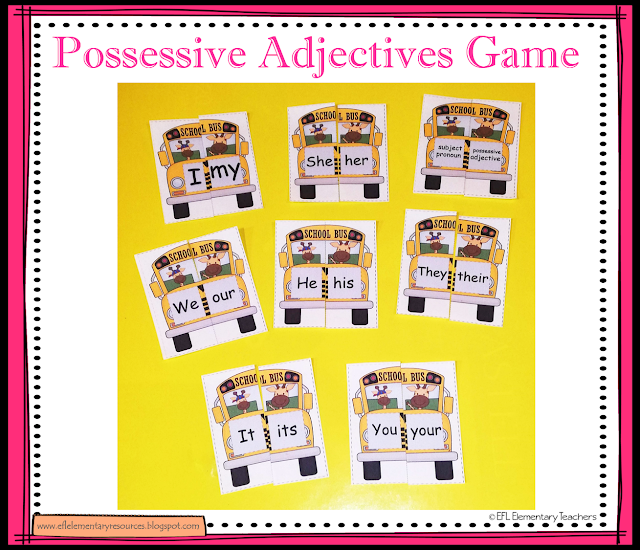
Describe the object
During the game, name a certain object, and the pupils must take turns remembering the definitions that can characterize the named word. For example:
- dog - angry, shaggy, big, chain, stray, friendly;
- dress - summer, light, beautiful, colorful, lush, long, evening;
- house - tall, dilapidated, new, multi-storey, wooden, brick, empty.
It is important to name objects of various kinds: feminine, masculine, average.
The game can be made competitive. Children play in pairs, the one who names the most suitable definitions wins.
What kind of object
This game not only effectively reinforces the skill of forming and agreeing on relative adjectives, but also greatly develops the imagination. Prepare cards for the lesson, they can be of 2 types: with the image of objects and with the image of colors.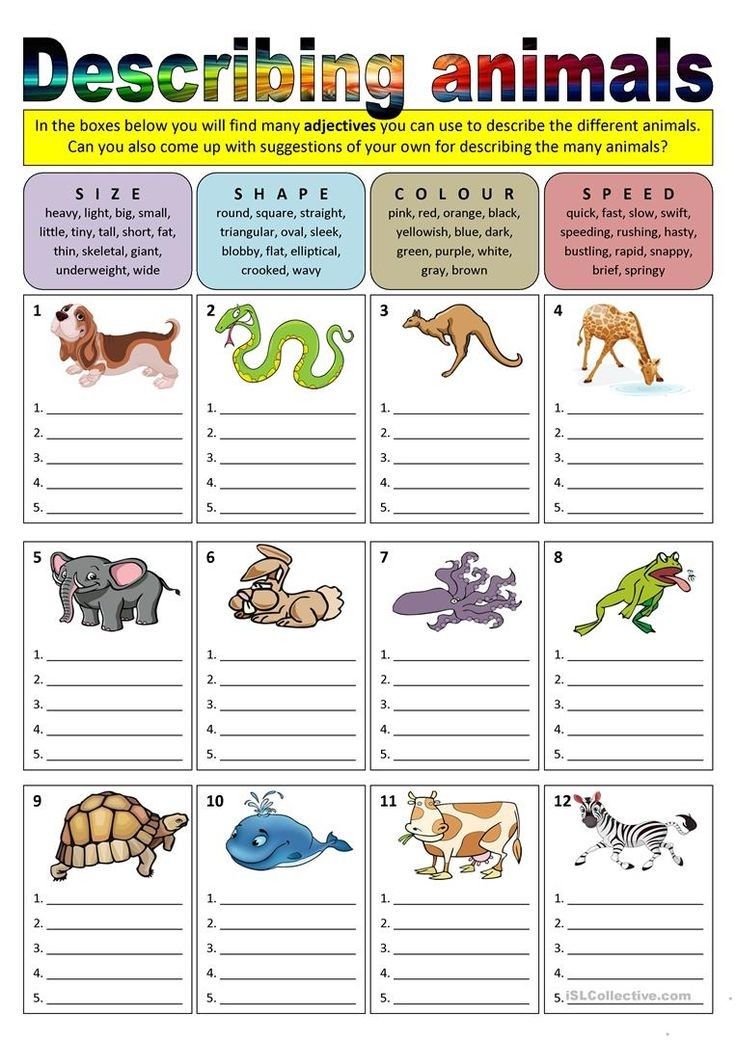
In the first variant, in the middle of the card there is a picture of food or a ready dish, and around it are the products from which it can be prepared. Children should name these foods in the form of adjectives. For example, a jar of jam is depicted, and around are raspberries, blackberries, blueberries, sea buckthorn, cherries, strawberries. Therefore, jam - raspberry, blackberry, blueberry, sea buckthorn, cherry, strawberry.
Other examples:
- what kind of juice - apple, orange, grape, tomato, lemon, cherry;
- what kind of porridge - buckwheat, rice, oatmeal, corn, pumpkin, millet;
- what kind of soup - pea, mushroom, fish, bean, potato, pasta.
In the second version of the game, a contour object should be depicted in the center of the card, and 6 colors around it: red, green, orange, blue, yellow, purple. Children give objects a color description. For example: what dress is red, orange, green, yellow, blue, purple.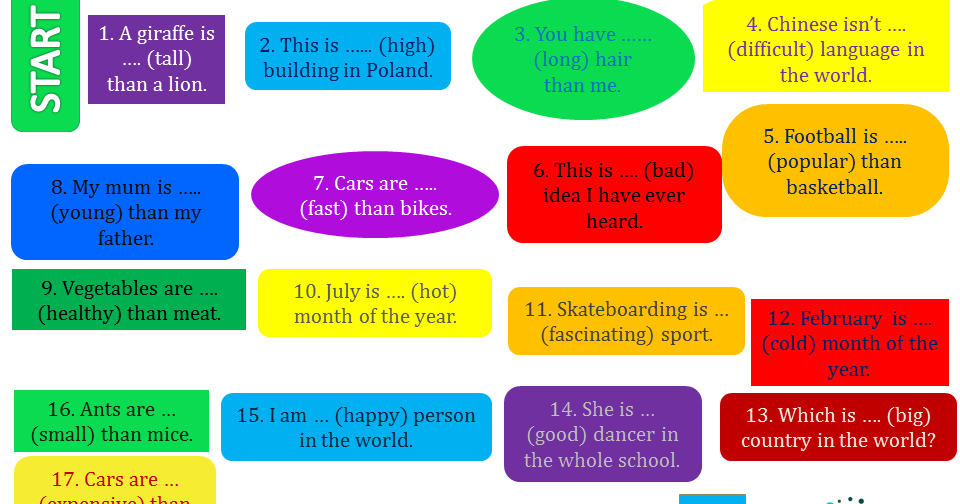
Guess the riddle
For the game, prepare cards with riddles and pictures of guessed objects. Approach each player in turn, ask them to draw a card, read out the written riddle. When the child guesses the answer, show the corresponding object. The player's task is to describe the depicted object with as many adjectives as possible.
For example, the player guessed the orange riddle. Show him a picture of a fruit. The child names the definitions: orange, round, sweet, juicy, tasty, fragrant.
All information is taken from open sources.
If you believe your copyright has been infringed, please contact write in the chat on this site, attaching a scan of a document confirming your right.
We will verify this and immediately remove the publication.
23 didactic games for children 4-5 years old with goals
Didactic games for children 4-5 years old are presented in this article.
Didactic games for children 4-5 years old: card file of games for the middle group with goals.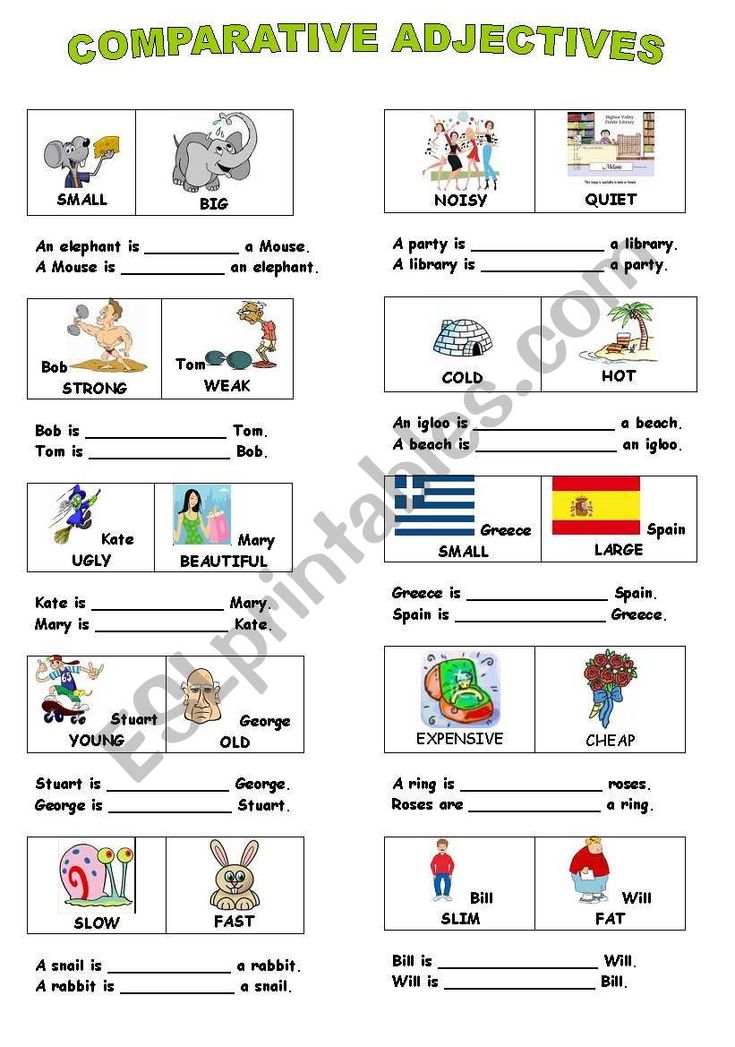
Game 1. “Who talks like that?”
Purpose: expansion of vocabulary, development of speed of reaction.
Move: the teacher alternately throws the ball to the children, naming the animals. Children, returning the ball, must answer how this or that animal gives a voice: The cow mooes The tiger growls The snake hisses The mosquito squeaks The dog barks The wolf howls The duck quacks The pig grunts Option 2. The speech therapist throws the ball and asks: “Who is growling?”, “And who mooing?”, “Who is barking?”, “Who is cuckooing?” etc.
WARNING! SIGN UP FOR COURSES! SET IS GOING!More details on the page: https://academy.multi-mama.ru/product/multi-predlozhenie/
***
Game 2. “Who lives where?”
Purpose: to consolidate children's knowledge about the dwellings of animals and insects. Consolidation of the use in the speech of children of the grammatical form of the prepositional case with the preposition "in".
Move: Throwing the ball to each child in turn, the teacher asks a question, and the child, returning the ball, answers.
Option 1.
Teacher: Who lives in a hollow?
Children: Squirrel.
Teacher: Who lives in the birdhouse?
Children: Starlings.
Teacher: Who lives in the nest?
Children: Birds.
Teacher: Who lives in the booth?
Children: Dog.
Teacher: Who lives in the hive?
Children: Bees
Teacher: Who lives in a hole?
Children: Fox.
Teacher: Who lives in the lair?
Children: Wolf.
Teacher: Who lives in a lair?
Children: Bear.
Option 2.
Teacher: Where does the bear live?
Children: In the den.
Teacher: Where does the wolf live?
Children: In the lair.
Option 3. Work on the correct construction of the sentence. Children are invited to give a full answer: "The bear lives in a den."
***
Game 3. “Give me a word”
Purpose: development of thinking, speed of reaction.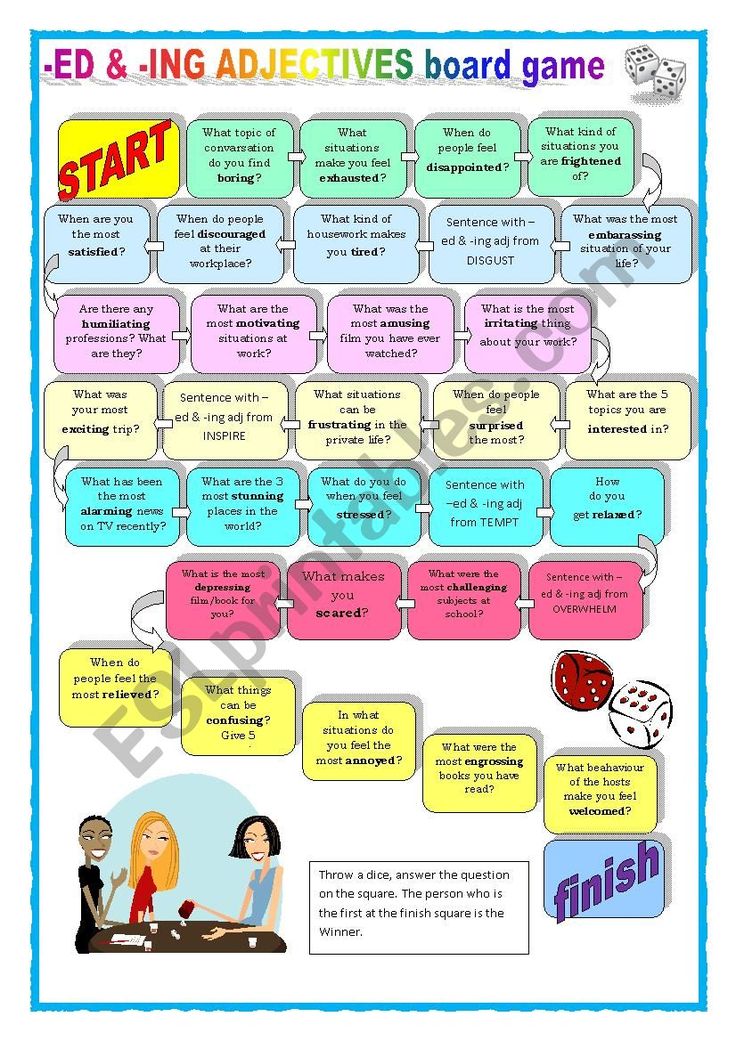
Move: the teacher, throwing the ball to each child in turn, asks:
- The crow is croaking, but the magpie?
The child, returning the ball, must answer:
- Magpie chirps.
Sample questions:
- The owl flies, but the rabbit?
- The cow eats hay, and the fox?
- The mole digs minks, but the magpie?
- The rooster crows, but the hen?
- The frog croaks, but the horse?
- A cow has a calf, and a sheep?
- The mother of the teddy bear is a bear, but the squirrel?
***
Purpose: enrichment of children's verbal vocabulary, development of thinking, attention, imagination, dexterity.
Move: the teacher, throwing the ball to each child, names an animal, and the child, returning the ball, pronounces a verb that can be attributed to the named animal.
Dog - standing, sitting, lying, walking, sleeping, barking, serving (cat, mouse...)
***
Game 5.
"Hot - cold" opposite signs of objects or words-antonyms.
Move: the teacher, throwing the ball to the child, pronounces one adjective, and the child, returning the ball, names another - with the opposite meaning.
Hot-cold
Good-bad
Smart-stupid
Cheerful-sad
Sharp-blunt
Smooth-rough.***
Game 6. What happens in nature?
Purpose: to consolidate the use of verbs in speech, agreement of words in a sentence.
Move: the teacher, throwing the ball to the child, asks a question, and the child, returning the ball, must answer the question. It is desirable to play the game by topic.
Example: Theme "Spring"
- The sun - what does it do?
- Shines, warms.
- Brooks - what do they do?
- Run, murmur.
- Snow - what does it do?
- It's getting dark, it's melting.
- Birds - what are they doing?
- They arrive, build nests, sing songs.
- Capel - what does he do?
- Ringing, dripping.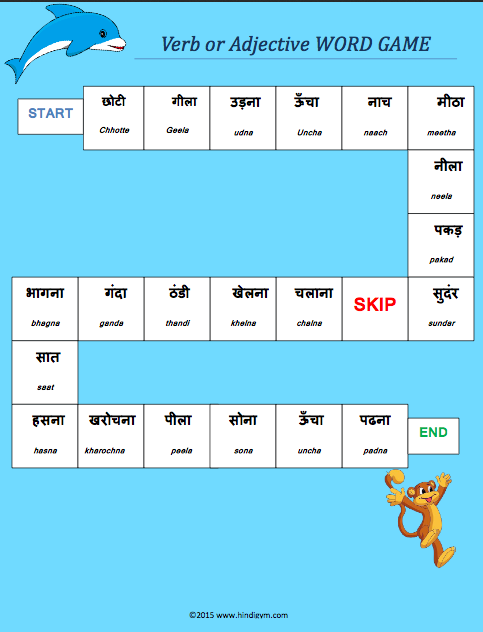
- Bear - what is he doing?
- Wakes up, gets out of the lair.***
Game 7. "Who can perform these actions?"
Purpose: activation of children's verbal vocabulary, development of imagination, memory, dexterity.
Move: the teacher, throwing the ball to the child, names the verb, and the child, returning the ball, names the noun that matches the named verb.
A man is walking, an animal, a train, a steamboat, rain…
A stream is running, time, an animal, a man, a road…
A bird is flying, a butterfly, a dragonfly, a fly, a beetle, an airplane…
A fish is swimming, a whale, a dolphin , boat, ship, person…***
Game 8. “What is it made of?”
Purpose: to consolidate the use of relative adjectives and ways of their formation in children's speech.
Move: the teacher, throwing the ball to the child, says: “Leather boots”, and the child, returning the ball, answers: “Leather boots”.
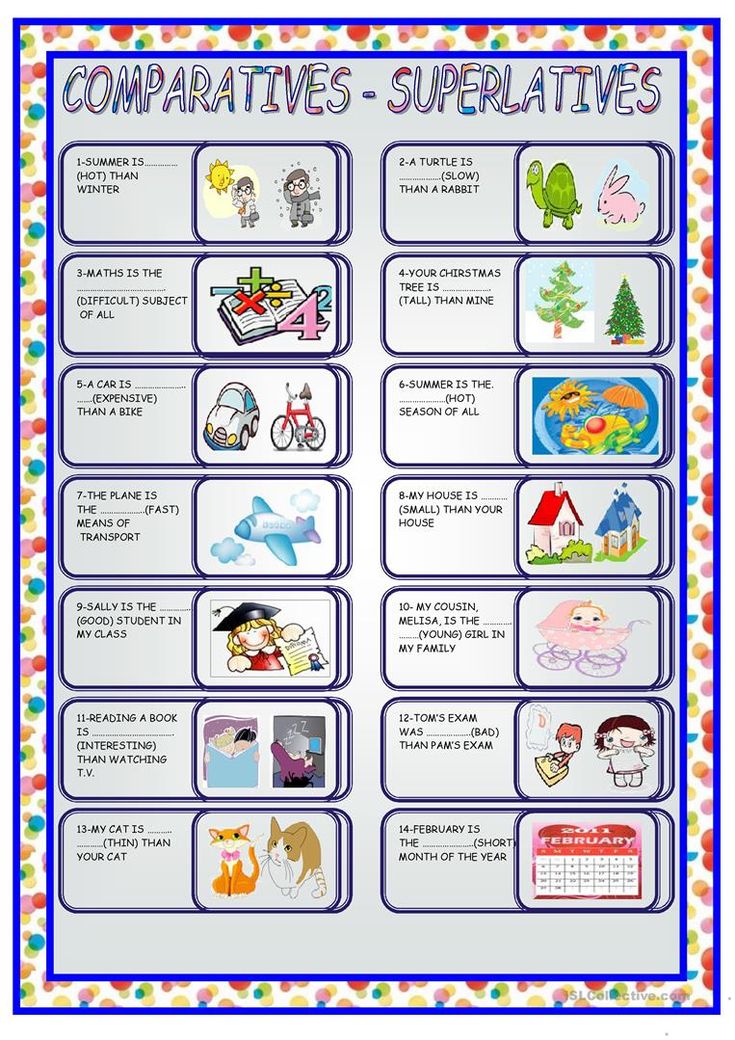
Fur-fur mittens
Copper-copper basin
Crystal-crystal vase
Wool-woolen mittens***
Move: Fyodor's character asks the children to help her: put pots and pans on the bottom shelf, plates, spoons, knives, forks on the higher shelf, and saucers and jugs on the topmost shelf.
***
Game 10. Who was who?
Purpose: development of thinking, vocabulary expansion, fixing case endings.
Move: the teacher, throwing the ball to one of the children, names an object or animal, and the child, returning the ball to the speech therapist, answers the question of who (what) the previously named object was:
Chicken - egg
Bread - flour
Horse - foal
Wardrobe - board
Cow - calf
Bicycle - iron
Oak - acorn
Shirt - cloth
Fish - eggs
Shoes - leather
Apple tree - seeds
House - bricks
Frog - tadpole
Strong - weak
Butterfly - caterpillar
Adult - child
*** 90 "01.Vegetable
?"
Purpose: development of tactile, visual and olfactory analyzers.
Move: the teacher cuts the vegetables, the children smell and taste them.
The teacher gives an example: “The tomato is sweet and the garlic is spicy”
***
Game 12. What does it sound like?
Purpose: development of auditory attention and observation.
Move: the teacher behind the screen plays various musical instruments (tambourine, bell, wooden spoons). Children must guess what it sounds like.
***
Game 13. What happens in autumn?
Purpose: to teach the seasons, their sequence and main features.
Move: pictures are mixed on the table depicting various seasonal phenomena (it is snowing, a flowering meadow, an autumn forest, people in raincoats and with umbrellas, etc.). The child chooses pictures that show only autumn phenomena and names them.
***
Game 14.
"What's gone?"
Purpose: development of attention and observation.
Move: the teacher puts 4 vegetables on the table: “Children, look carefully at what is on the table. These are onion, cucumber, tomato, pepper. Look carefully and remember. Now close your eyes." Children close their eyes, and the teacher removes one vegetable. "What's gone?" Children remember and name a vegetable.
***
Game 15. “Catch and throw - name the colors”
Purpose: selection of nouns for an adjective denoting color. Fixing the names of primary colors, the development of imagination in children.
Move: the teacher, throwing the ball to the child, names the adjective denoting the color, and the child, returning the ball, names the noun suitable for this adjective.
- Red - poppy, fire, flag
Orange - orange, carrot, dawn
Yellow - chicken, sun, turnip
Green - cucumber, grass, forest0110 Blue - bell, sea, sky
Violet - plum, lilac, dusk
***Game 16.
"Whose head?"
Purpose: to expand the vocabulary of children through the use of possessive adjectives.
Move: the teacher, throwing the ball to the child, says: “The crow has a head ...”, and the child, throwing the ball back, finishes: “... the crow.”
For example:
Lynx head - lynx
Fish - fish
Cat - cat
Magpie - magpie
Horse - horse
Eagle - eagle
Camel - camel***
Game 17. "The fourth extra"
Purpose: to consolidate the ability of children to highlight a common feature in words, to develop the ability to generalize.
Move: the teacher, throwing the ball to the child, calls four words and asks to determine which word is superfluous.
For example: blue, red, green, ripe. Zucchini, cucumber, pumpkin, lemon.
Overcast, rainy, gloomy, clear.
***
Game 18. "One - many"
Purpose: fixing in children's speech different types of noun endings.
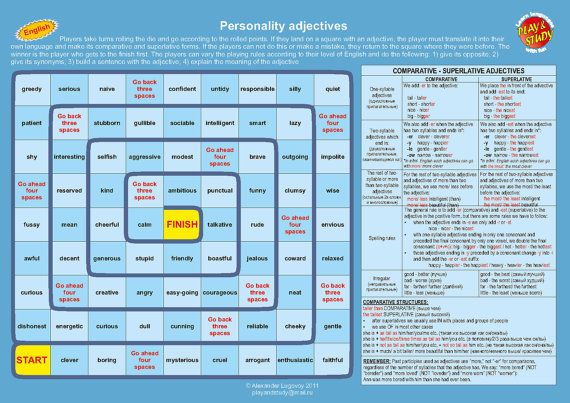
Move: the teacher throws the ball to the children, naming singular nouns. Children throw the ball back, naming plural nouns.
Example:
Table - tables
Chair - chairs
Mountain - mountains
Leaf - leaves
House - houses
Sock - socks
Eye - eyes
Piece - pieces
Day - days
Jump - jumps
Sleep - dreams
Gosling - goslings
Forehead - foreheads
Tiger cub - tiger cubs***
Game 19. "Pick up signs"
Purpose: activation of the verb vocabulary.
Move: the teacher asks the question “What can squirrels do?” Children answer the question and find a picture to the given question.
Sample answers: Squirrels can jump from knot to knot. Squirrels can make warm nests.
***
Game 20. "Animals and their cubs"
Purpose: fixing the names of baby animals in children's speech, consolidating word-formation skills, developing dexterity, attention, memory.
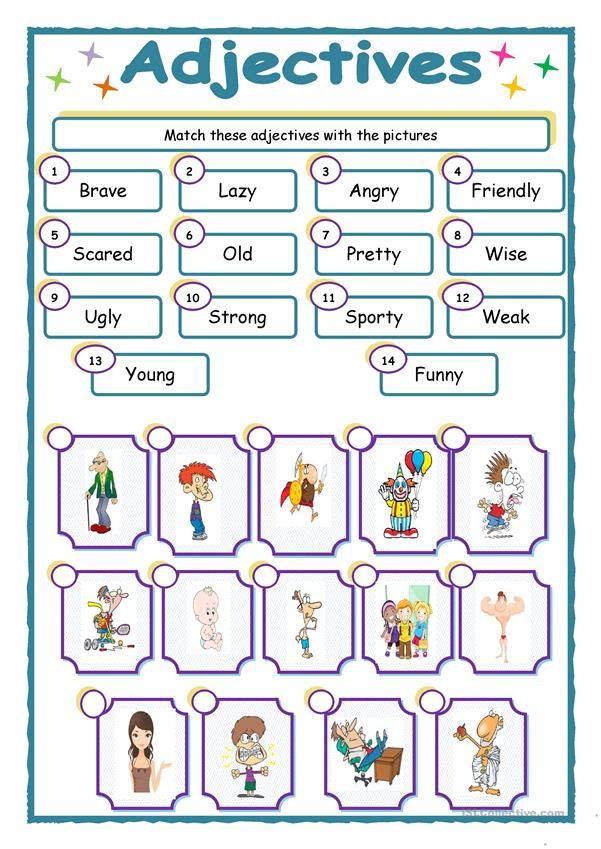
Move: throwing the ball to the child, the teacher names an animal, and the child, returning the ball, names the cub of this animal. Words are grouped into three groups according to the way they are formed. The third group requires memorizing the names of the cubs.
Group 1. A tiger has a cub, a lion has a cub, an elephant has a cub, a deer has a deer, an elk has a cub, a fox has a fox.
Group 2. A bear has a bear cub, a camel has a camel cub, a hare has a hare cub, a rabbit has a rabbit cub, and a squirrel has a squirrel cub.
Group 3. A cow has a calf, a horse has a foal, a pig has a piglet, a sheep has a lamb, a hen has a chicken, a dog has a puppy.
***Game 21. What can be round?
Purpose: expansion of children's vocabulary through adjectives, development of imagination, memory, dexterity.
Move: the teacher, throwing the ball to the children, asks a question, the child who caught the ball must answer it and return the ball.
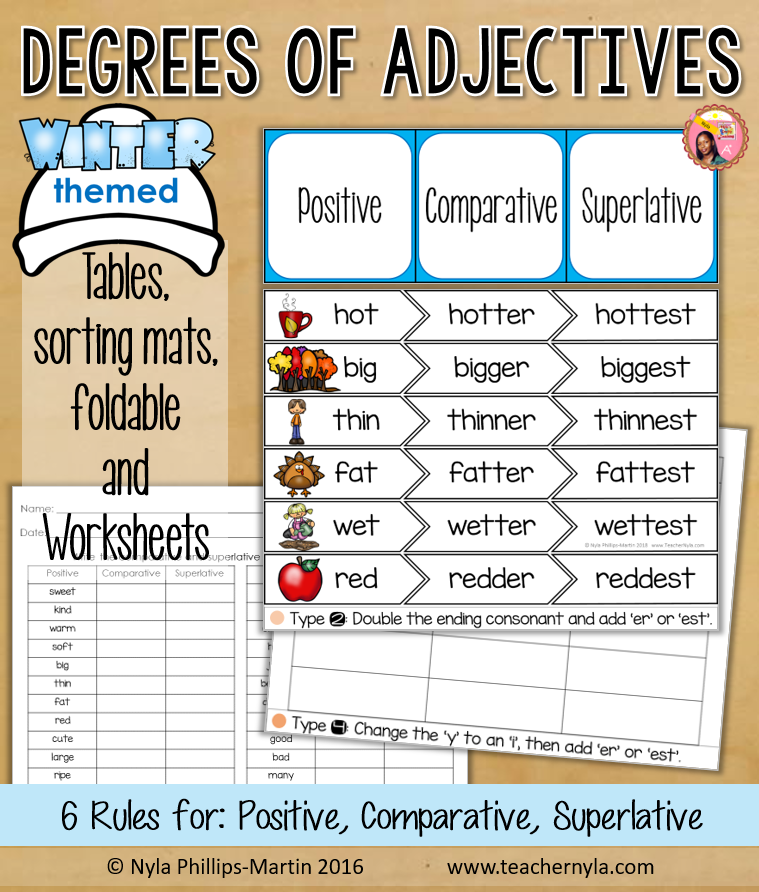
- what happens round? (ball, sphere, wheel, sun, moon, cherry, apple…)
– what can be long? (road, river, rope, ribbon, cord, thread...)
- what can be high? (mountain, tree, rock, person, pole, house, cupboard…)
- what can be prickly? (hedgehog, rose, cactus, needles, Christmas tree, wire…)***
Game 22. “Choose a word”
Purpose: development of word formation skills, selection of related words.
Move: the teacher calls the word, the children call the words with the same root.
For example, bee - bee, little bee, beekeeper, beekeeper, bees, etc.
***
Game 23. "Generalizing concepts"
Purpose: expansion of vocabulary through the use of generalizing words, development of attention and memory, the ability to correlate generic and specific concepts.
Move:
Option 1. The teacher names a general concept and throws the ball to each child in turn. The child, returning the ball, must name the objects related to that generalizing concept.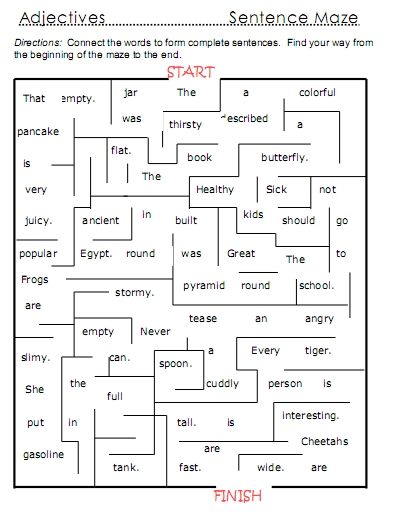
Learn more


